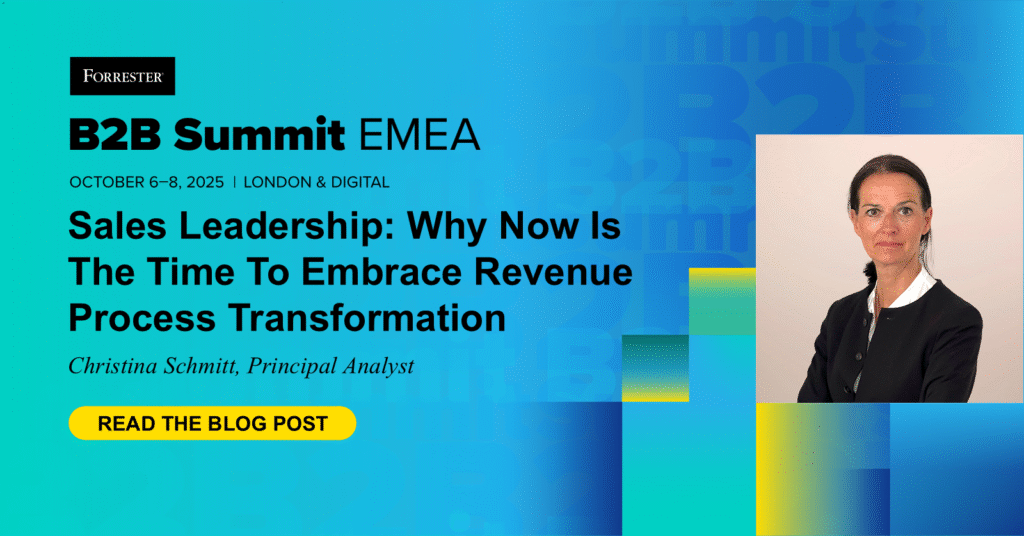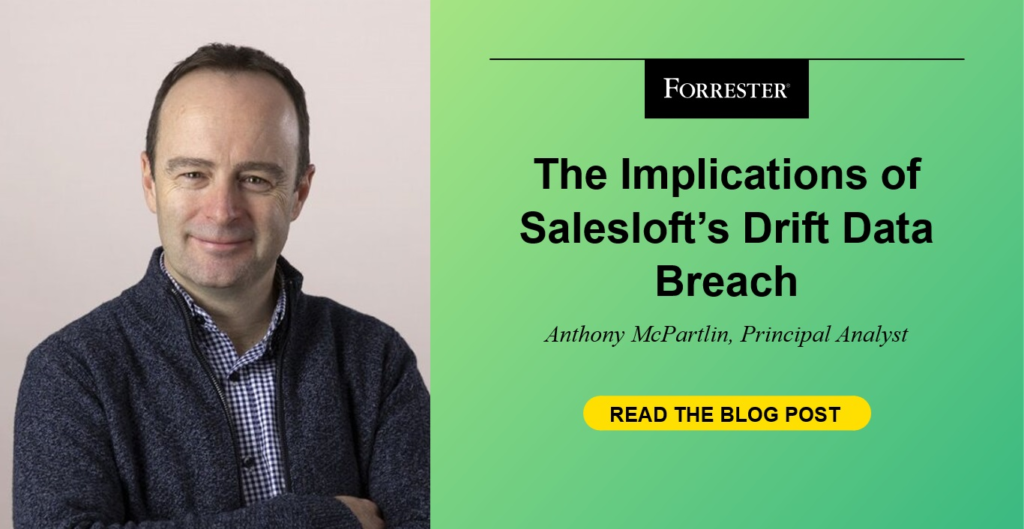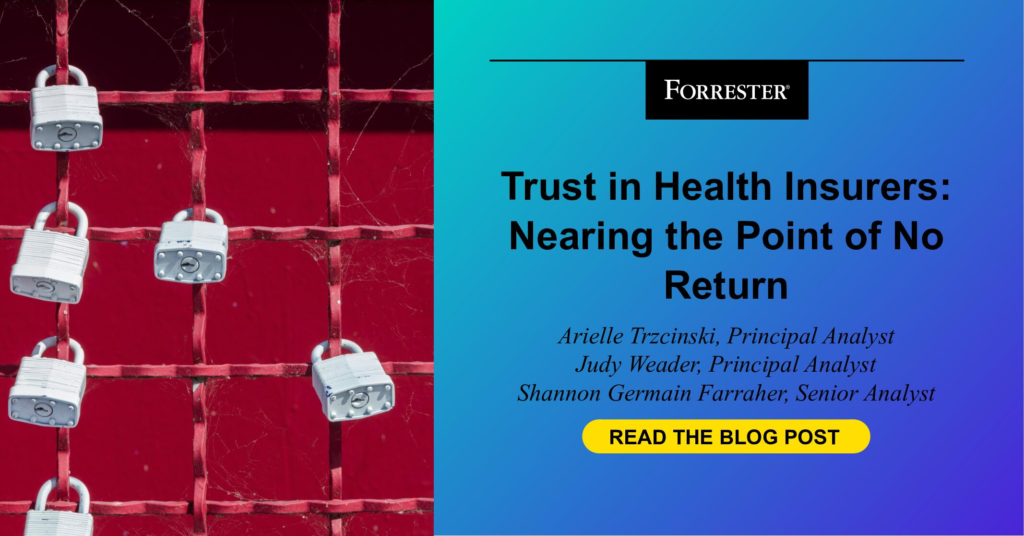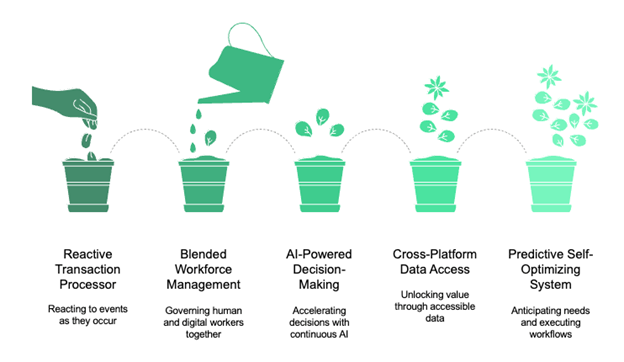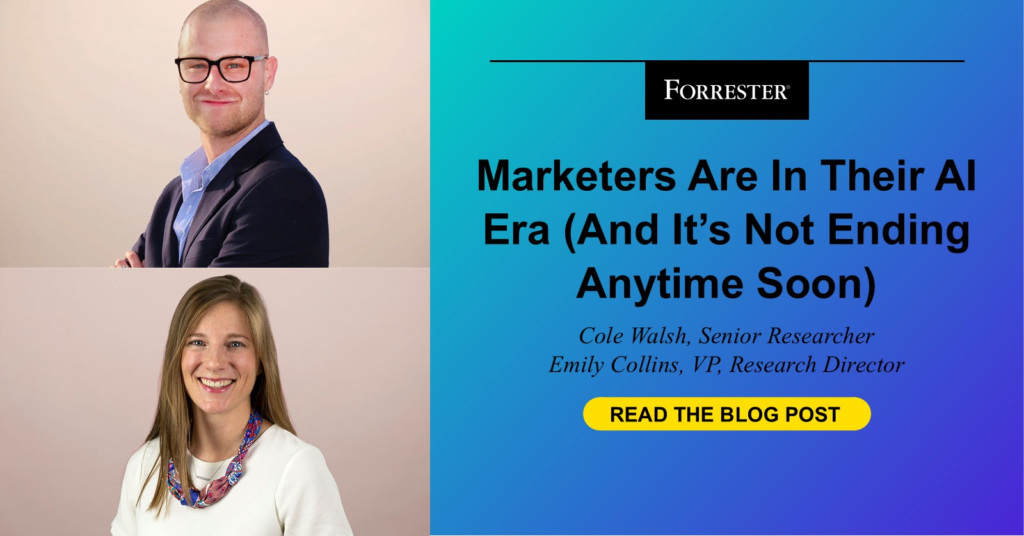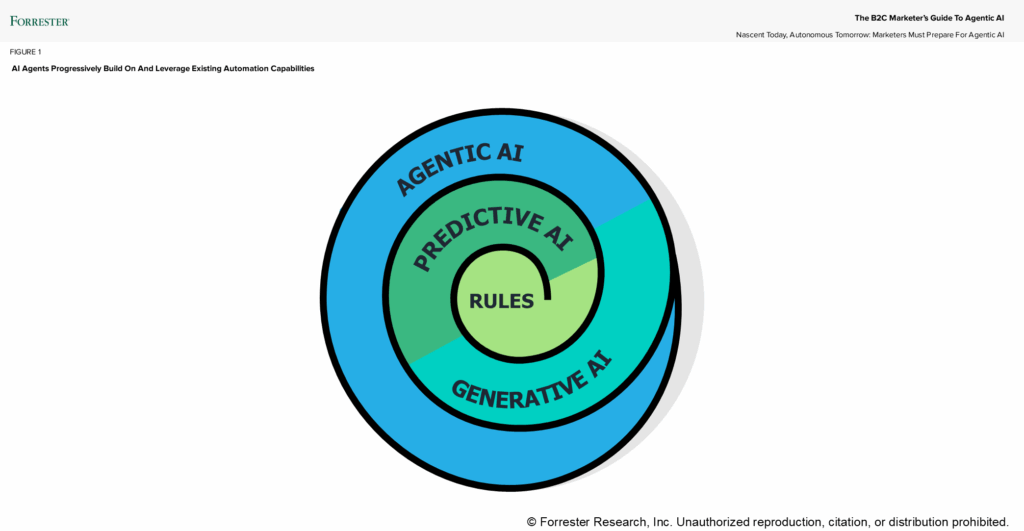Breaking The AI Adoption Paradox In APAC
Despite widespread adoption of AI tools by individual employees, most organizations in APAC remain stuck in pilot purgatory. But this disconnect between personal productivity gains and enterprisewide transformation is mostly a leadership challenge — something I covered in a prior blog. Forrester’s latest research, spotlighted at Technology & Innovation Summit APAC 2025, reveals how four regional leaders — KPMG, Suncorp, Telstra, and Westpac — are breaking through this paradox. On stage, they explained that their success lies in systematically dismantling the organizational barriers that stall AI transformation. Here, I explore how these pioneers are reframing AI as a business capability — not a feature set — and what that means for CIOs and CTOs looking to scale business impact. Reframe AI As Business Strategy, Not A Tech Initiative The first barrier is the vision vacuum. Many firms treat AI as a standalone tech project that’s disconnected from core business strategy. Telstra’s approach flips this narrative: Its Connected Future 30 strategy embeds AI into every business unit’s planning, with no separate AI strategy. Westpac’s three-horizon roadmap similarly integrates AI into short-term productivity, mid-term experience transformation, and long-term business reinvention through expertise-on-demand principles. KPMG positions trusted AI as a brand differentiator, aligning governance with the firm’s professional standards. And Suncorp’s blueprint connects AI to product management, employee workflows, and customer service, enabling systematic deployment across 16 use cases. In other words, AI transformation begins with strategic clarity. Escape The Use Case Trap With Capability-First Thinking The second barrier is the use case trap — the tendency to chase isolated implementations without a scalable architecture. Suncorp avoids this by organizing AI around core business capabilities like claims and risk management, powered by its SunGPT platform. Westpac distilled 300 AI ideas into four reusable patterns, enabling self-service deployments across 50 major use cases. Telstra rebuilt its Ask Telstra tool as a reusable platform, cutting development time and costs by 90% for subsequent deployments. KPMG consolidated fragmented efforts into a global AI platform, Workbench, balancing data sovereignty with cross-border collaboration. What do these examples mean? That scaling AI requires architectural discipline and reuse. Dissolve Middle Management Resistance Through Structured Enablement The third barrier is the middle management bottleneck. Resistance often stems from legitimate concerns about ROI, accountability, and job security. KPMG addresses this with structured certifications — in Australia, it oversaw over 7,500 certification completions across AI fundamentals, trusted AI, and prompting skills. Telstra built a data and AI academy with personalized learning paths, making AI relevant to every role. Westpac’s CEO-led AI Shark Tank engaged 40,000 employees, turning innovation into a companywide movement. Suncorp complements broad education with targeted executive development, ensuring informed decision-making. These programs shift culture from fear to empowerment, enabling middle managers to become transformation catalysts rather than blockers. Rebuild Innovation Muscle Through Strategic Capability Transfer The final barrier is innovation muscle atrophy — the erosion of internal strategic thinking due to overreliance on outsourcing. Telstra’s joint venture with Accenture embeds capability transfer into delivery, ensuring that the workforce returns stronger. Its Silicon Valley hub connects Telstra engineers with advanced teams from AWS, Microsoft, and others, fostering co-innovation. KPMG’s internal platforms evolved into market-ready products, generating unexpected revenue and validating its innovation strategy. When structured for capability building, engagements with IT service providers accelerate transformation without sacrificing strategic control. Take The Next Step Toward Scalable AI Reinvention AI transformation isn’t a technology challenge — it’s a leadership one. Forrester clients can explore these strategies in greater depth by reading the full report, From Barriers To Breakthroughs: How Four APAC Leaders Are Scaling AI Transformation. To discuss how these insights apply to your organization’s context, request a guidance session. source
Breaking The AI Adoption Paradox In APAC Read More »

